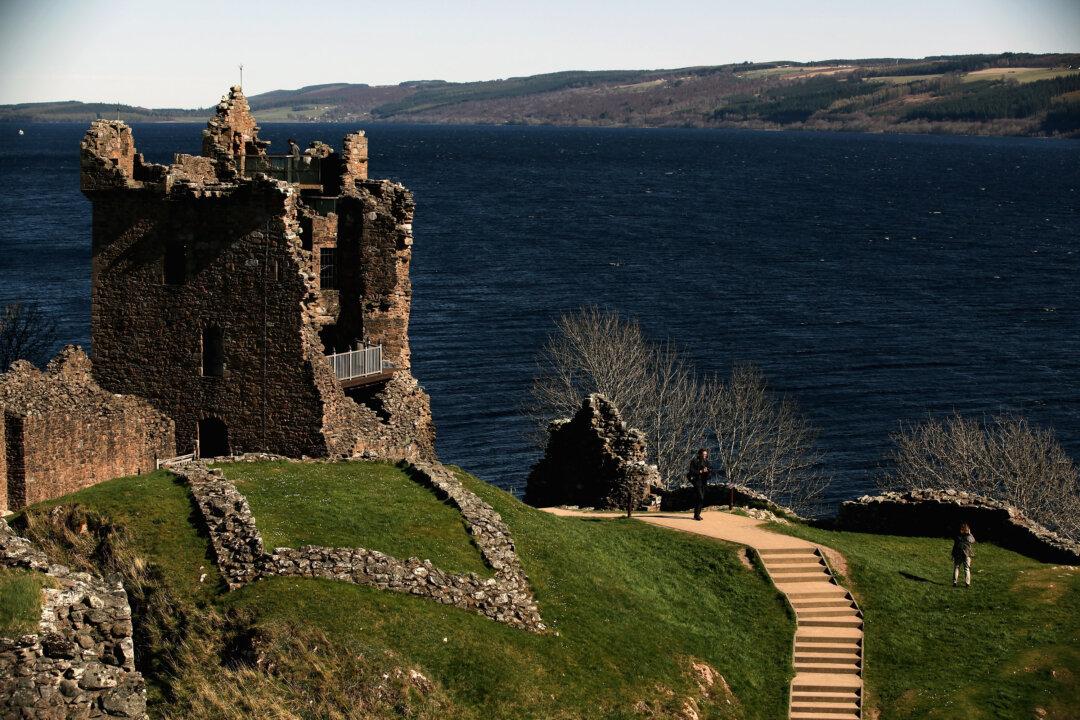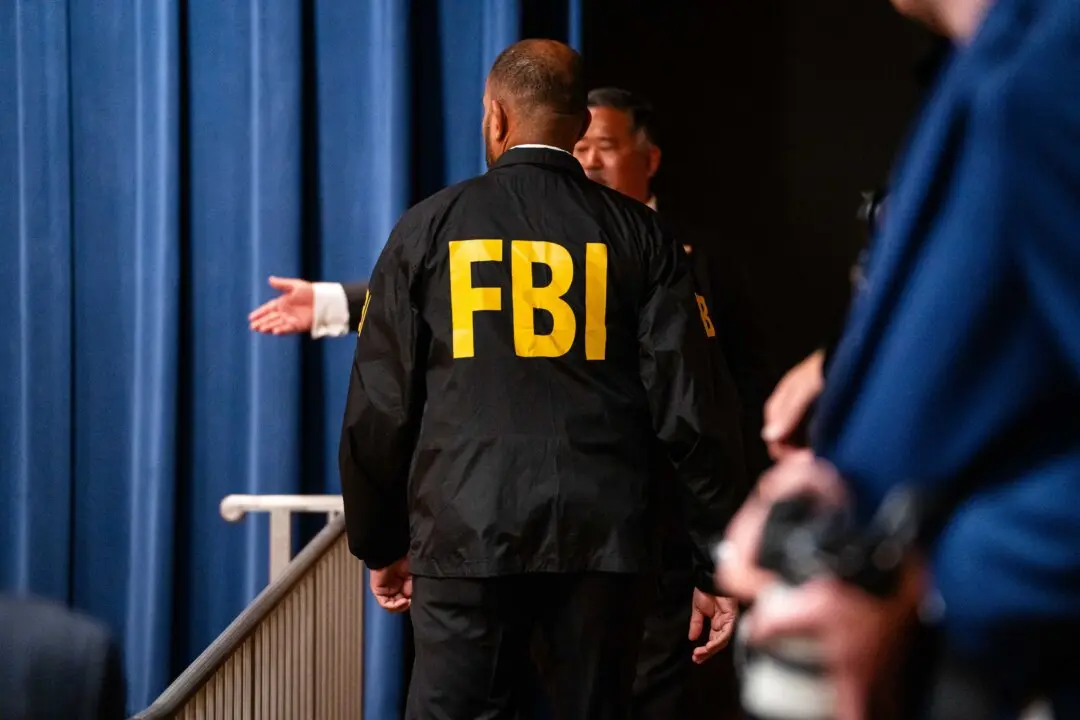The theory that the legendary Loch Ness Monster might be a large eel was boosted after a video posted on social media showed what appears to be an eel in the River Ness.
The Ness Fishery Board, a U.K. statutory body, tweeted the video. The Ness Fishery Board is “a statutory body responsible for the protection and enhancement of salmon and sea trout fisheries in the Ness District” in Scotland, according to its website.





